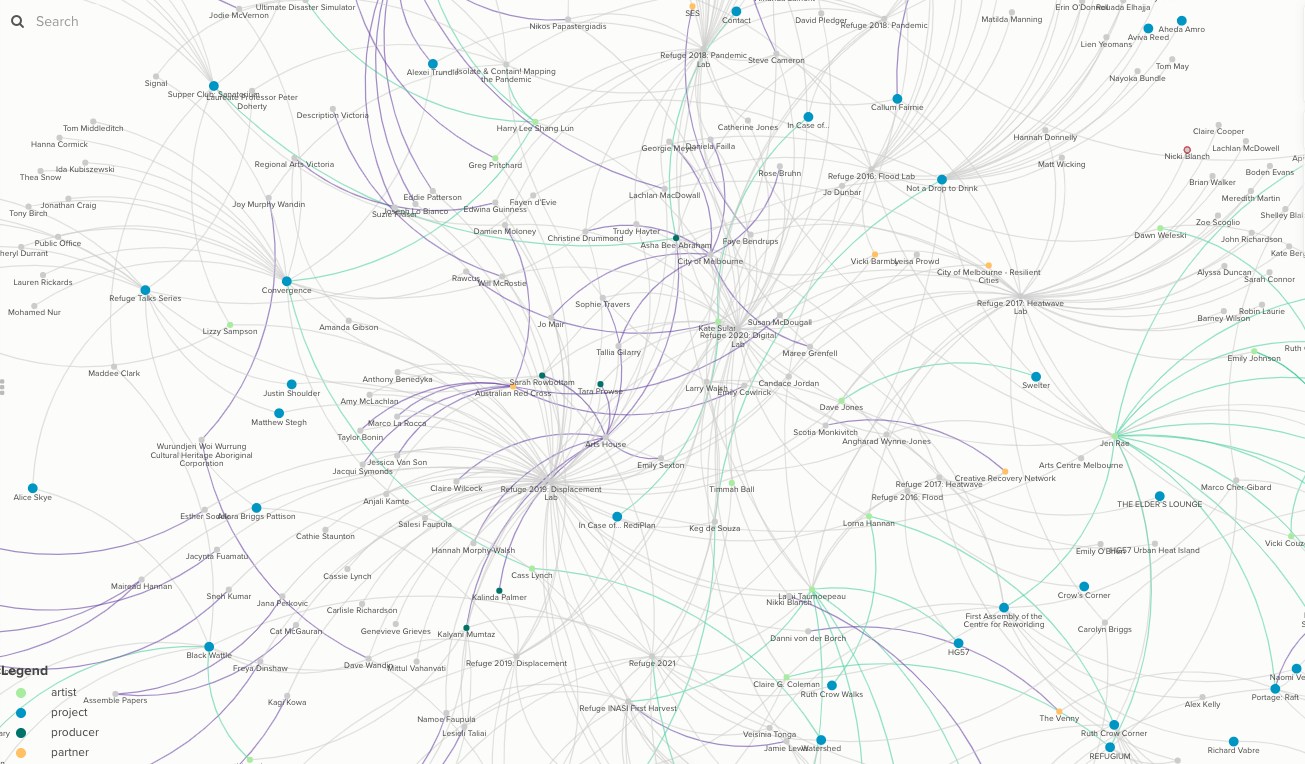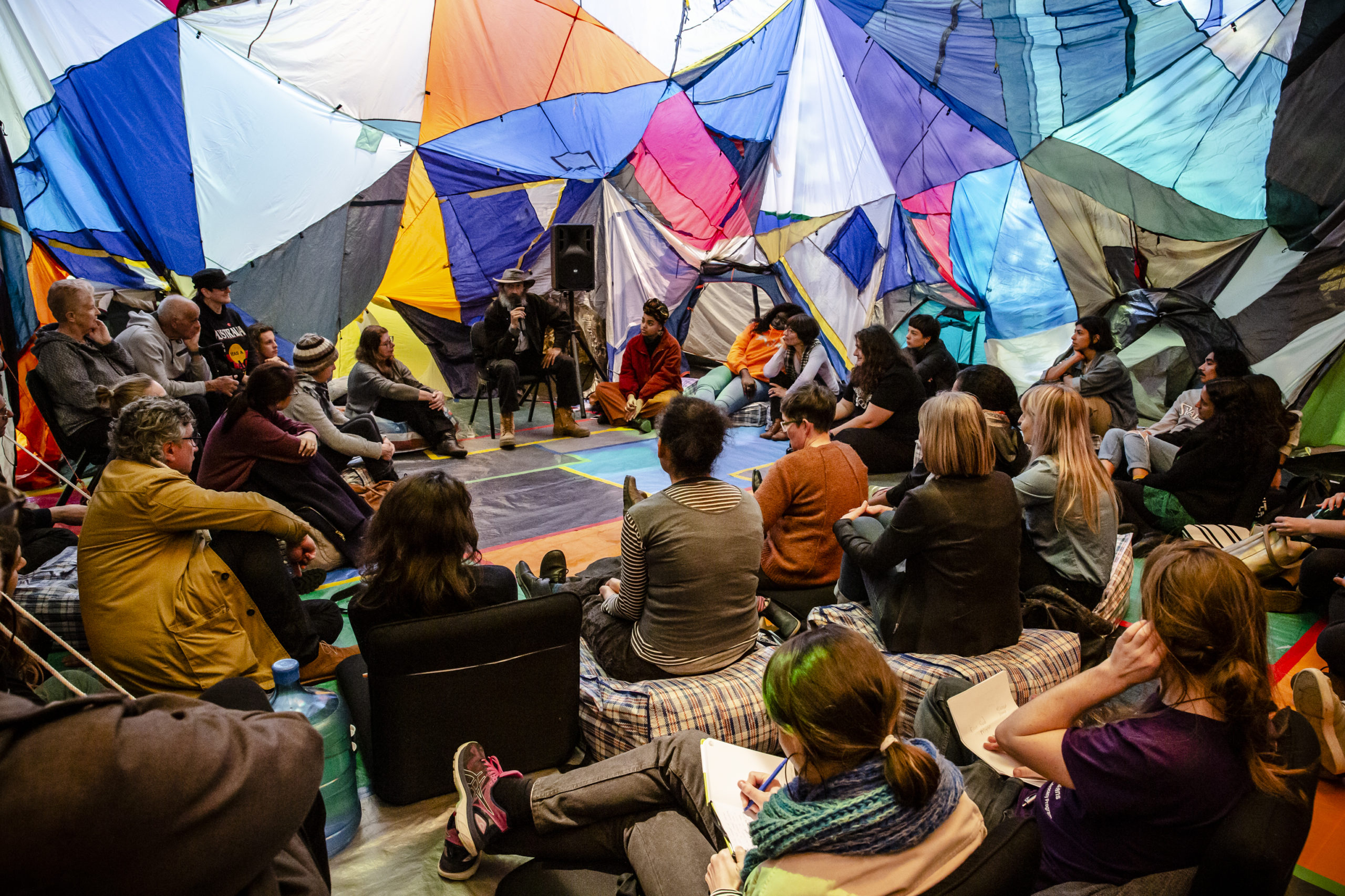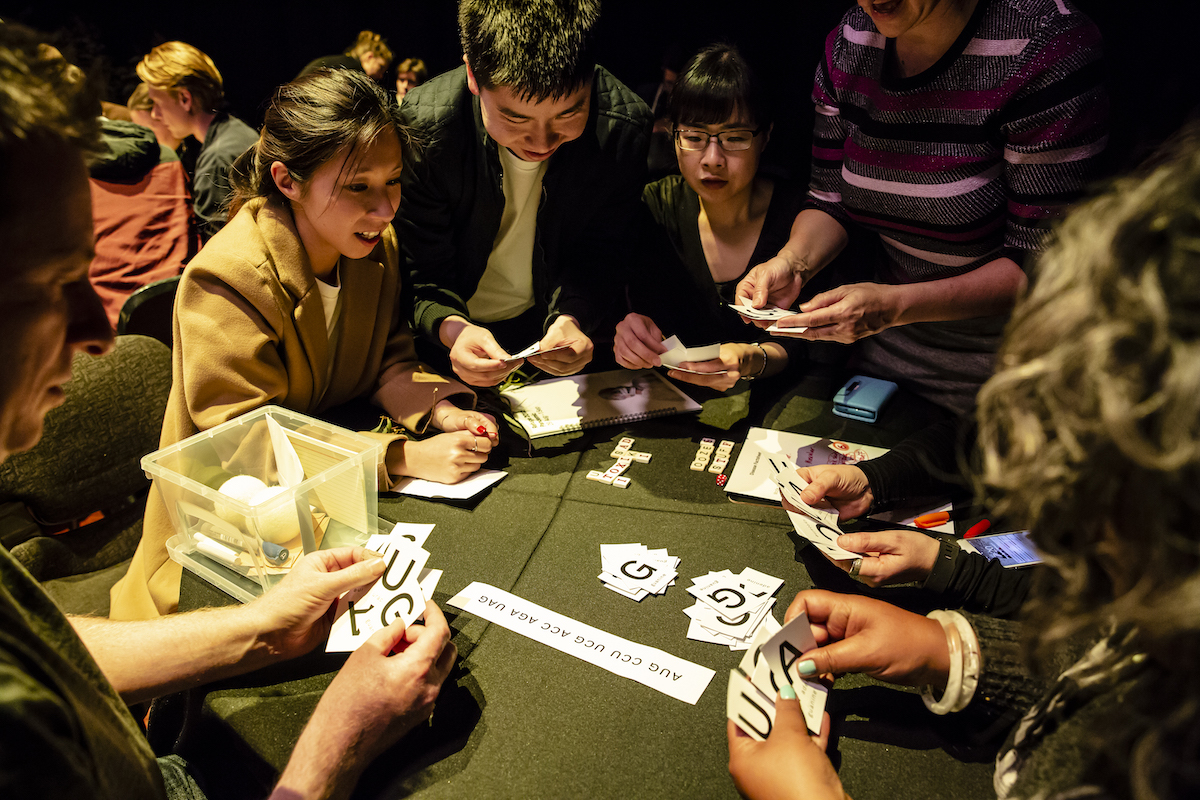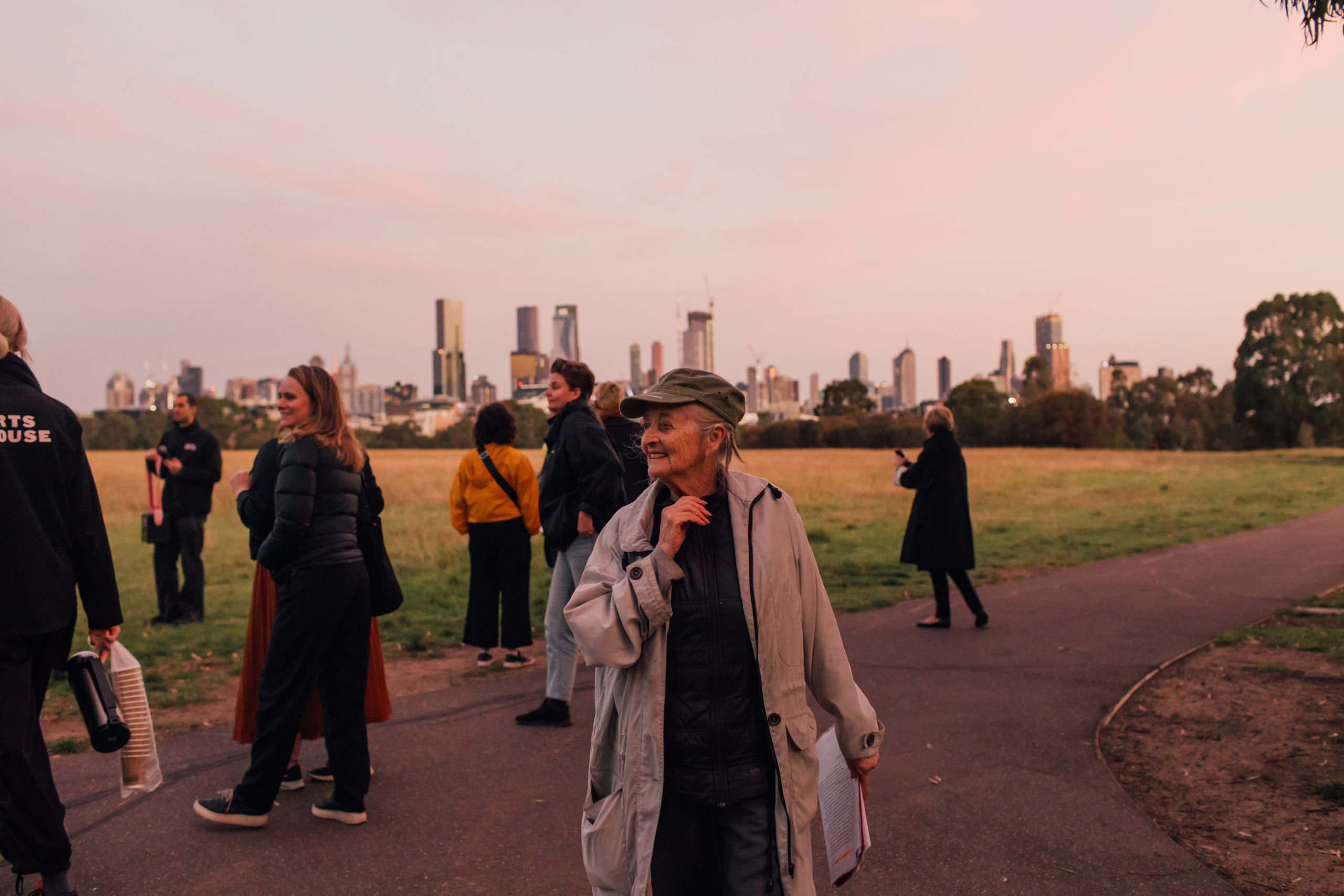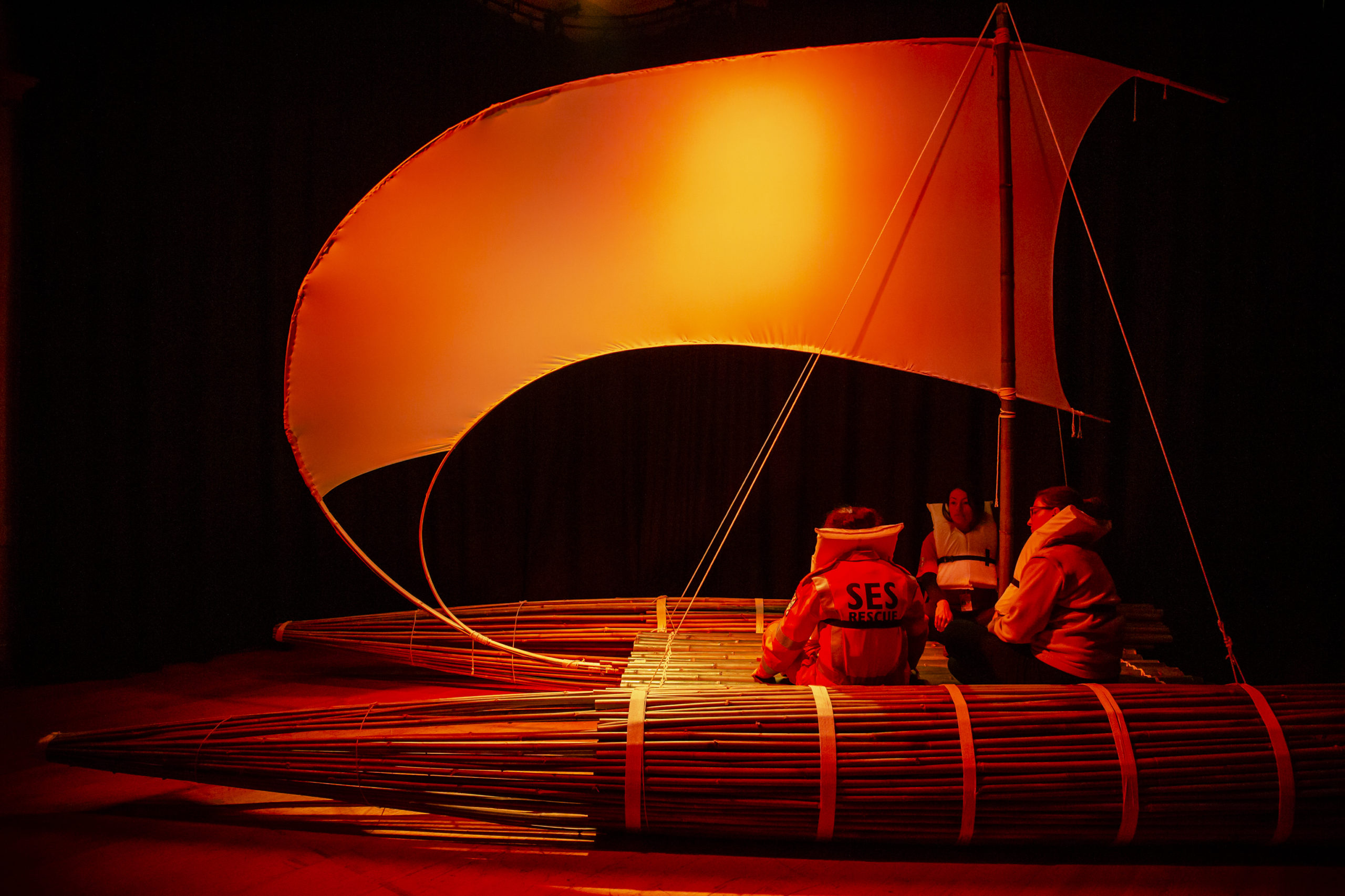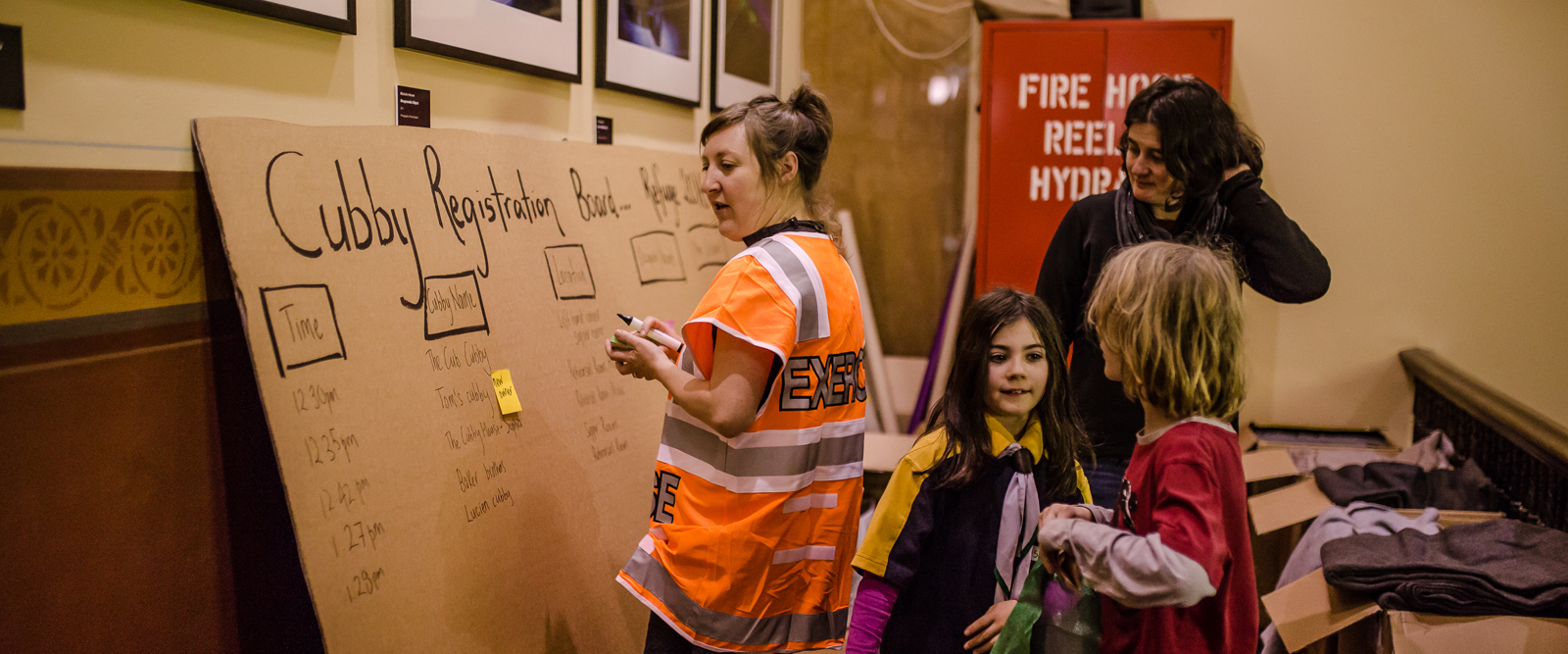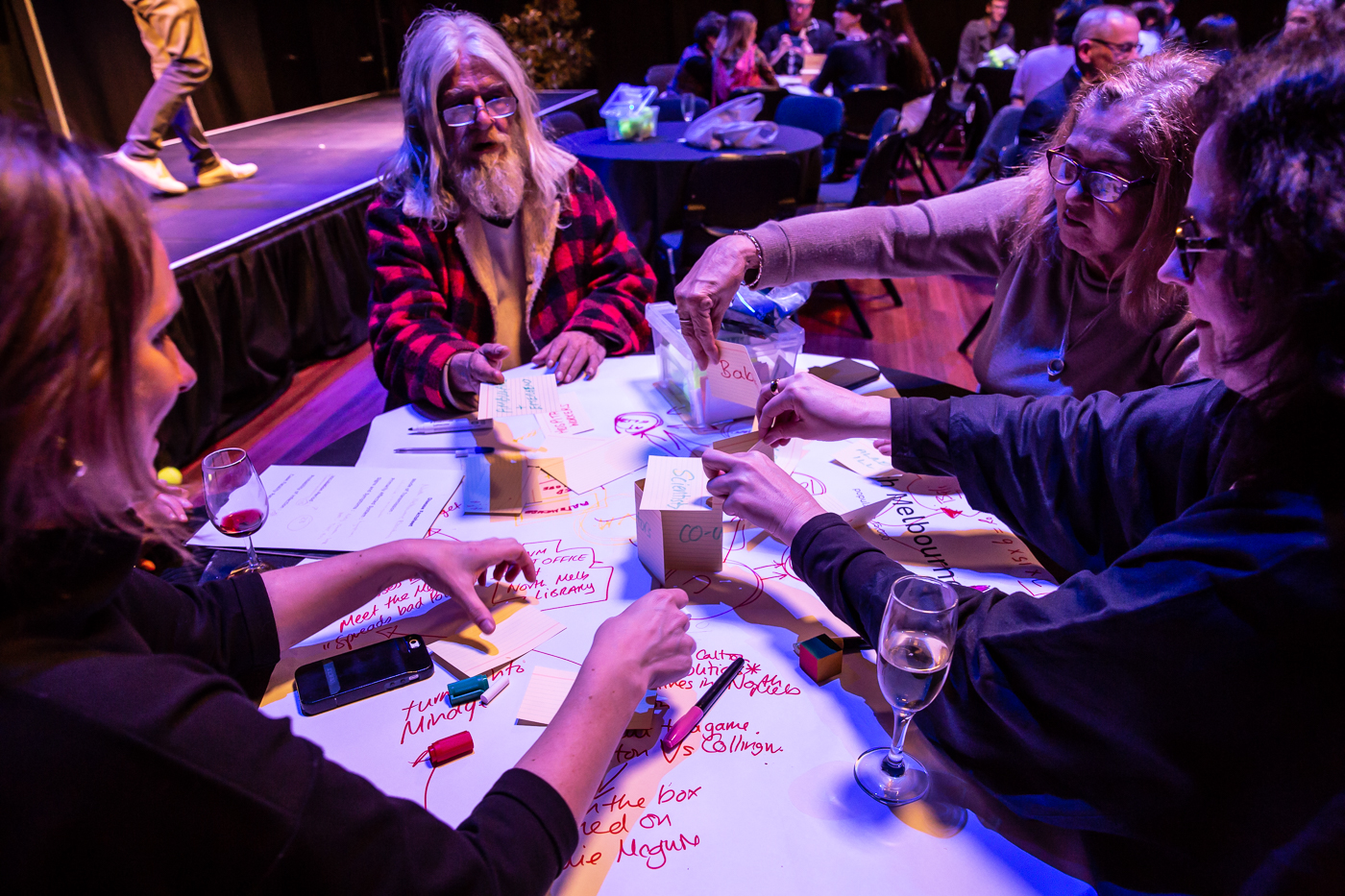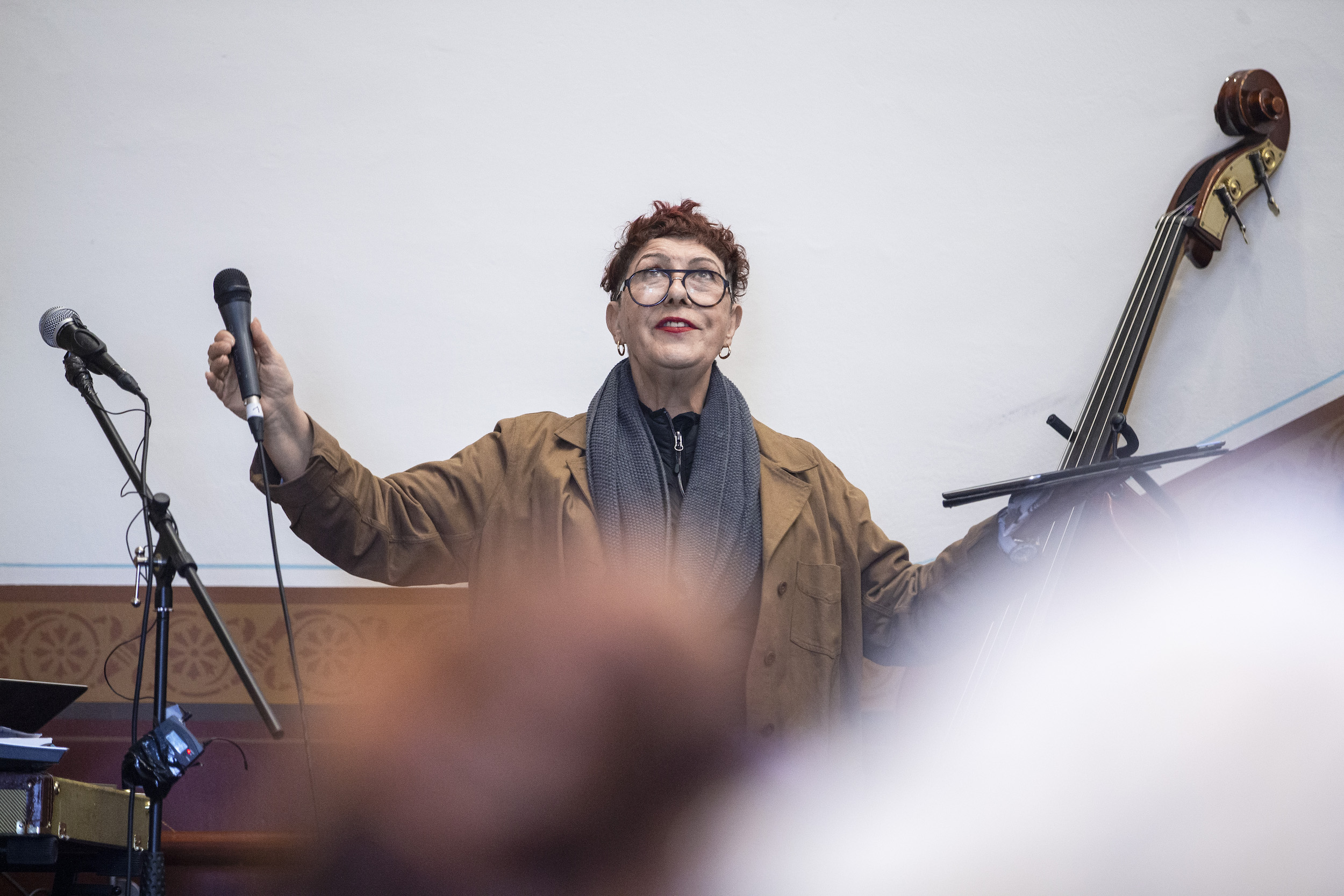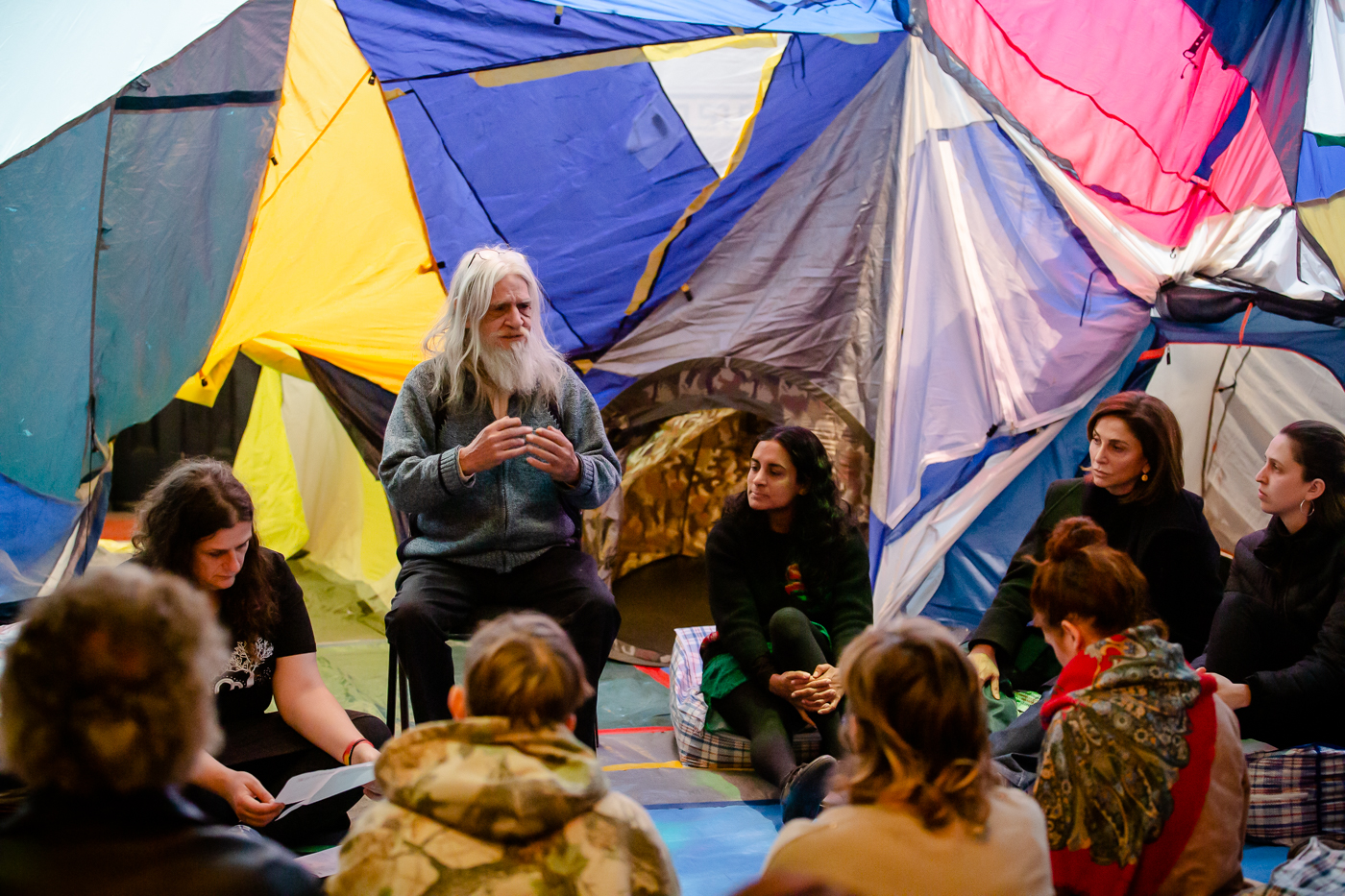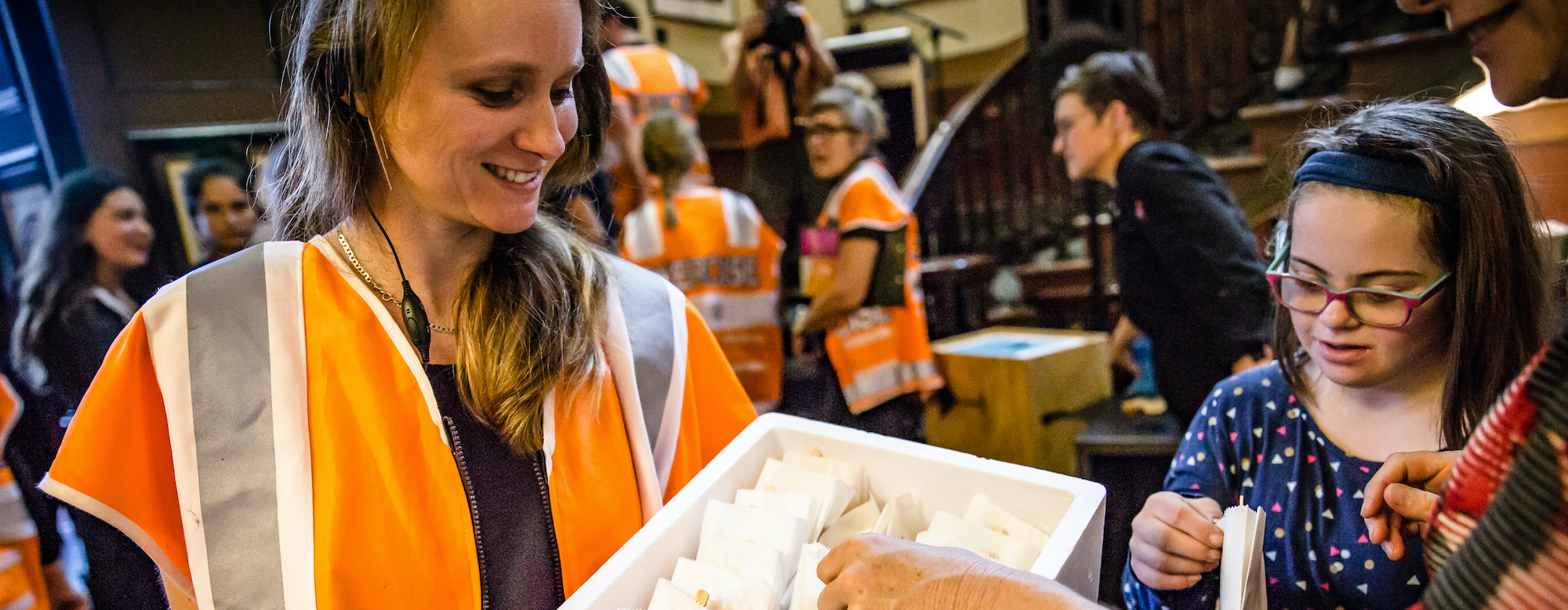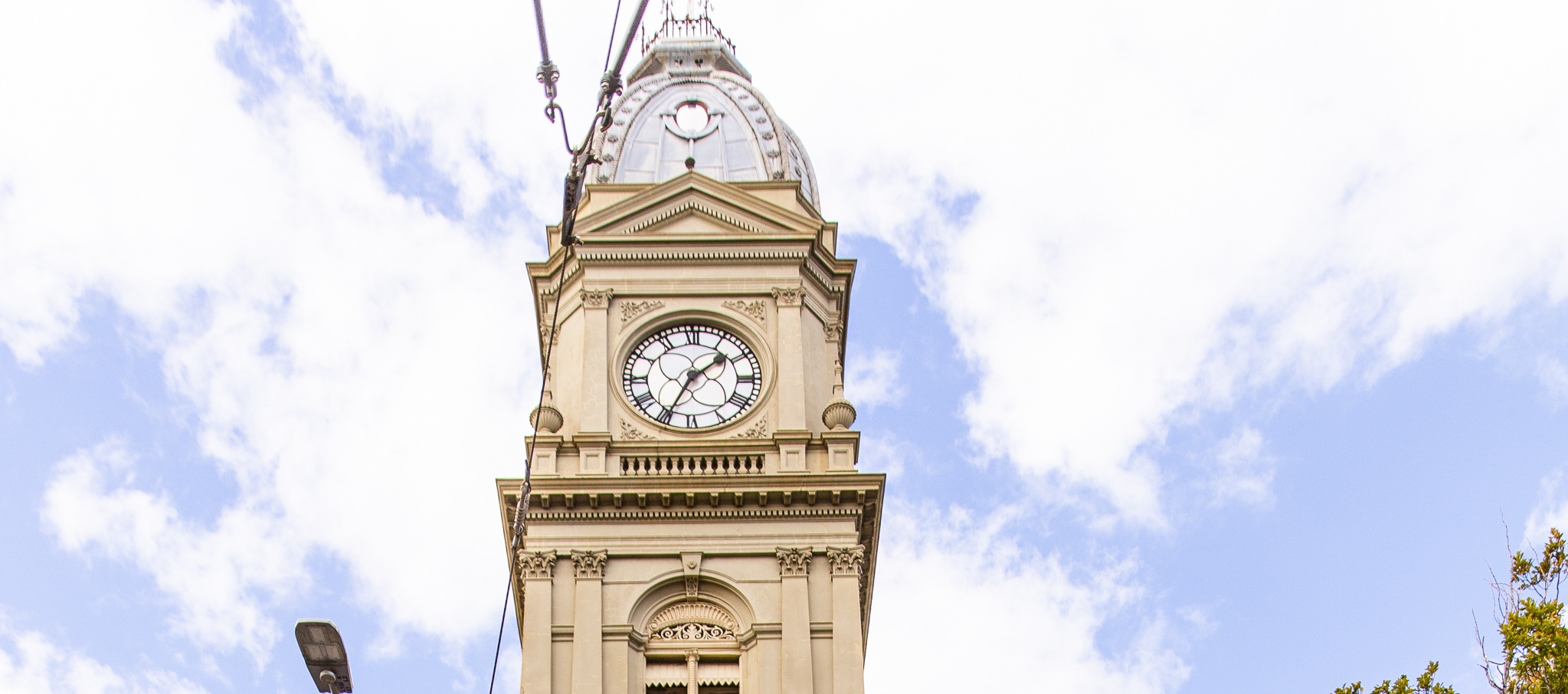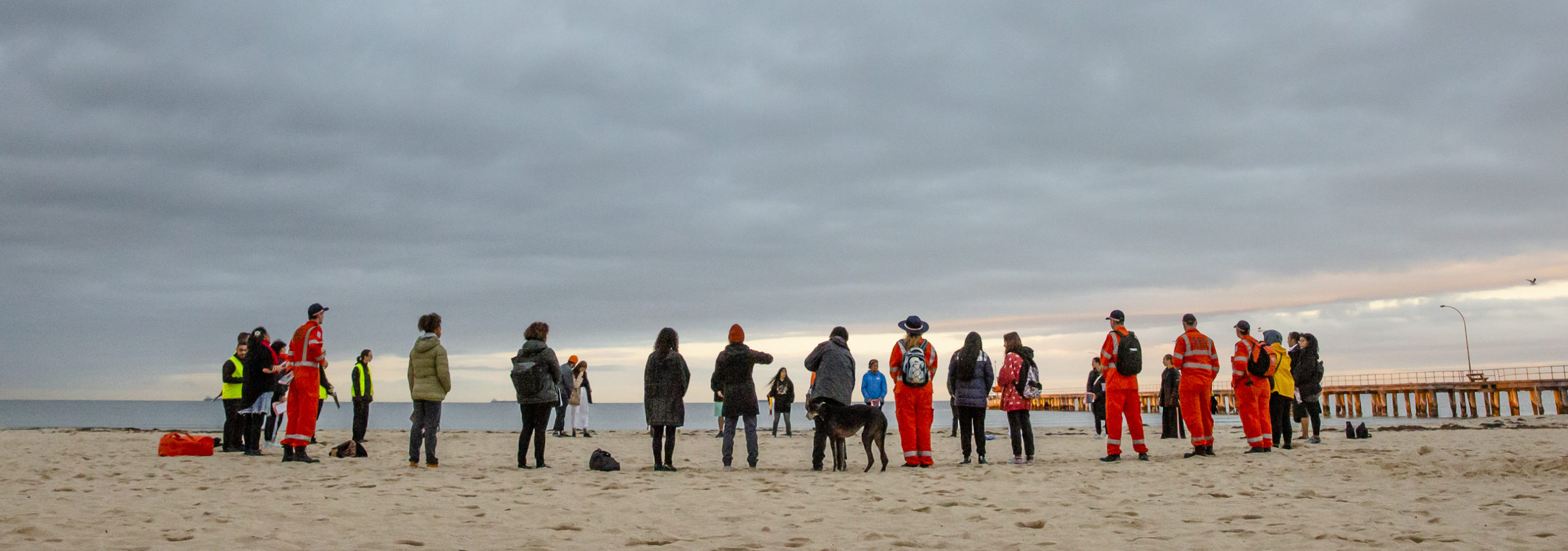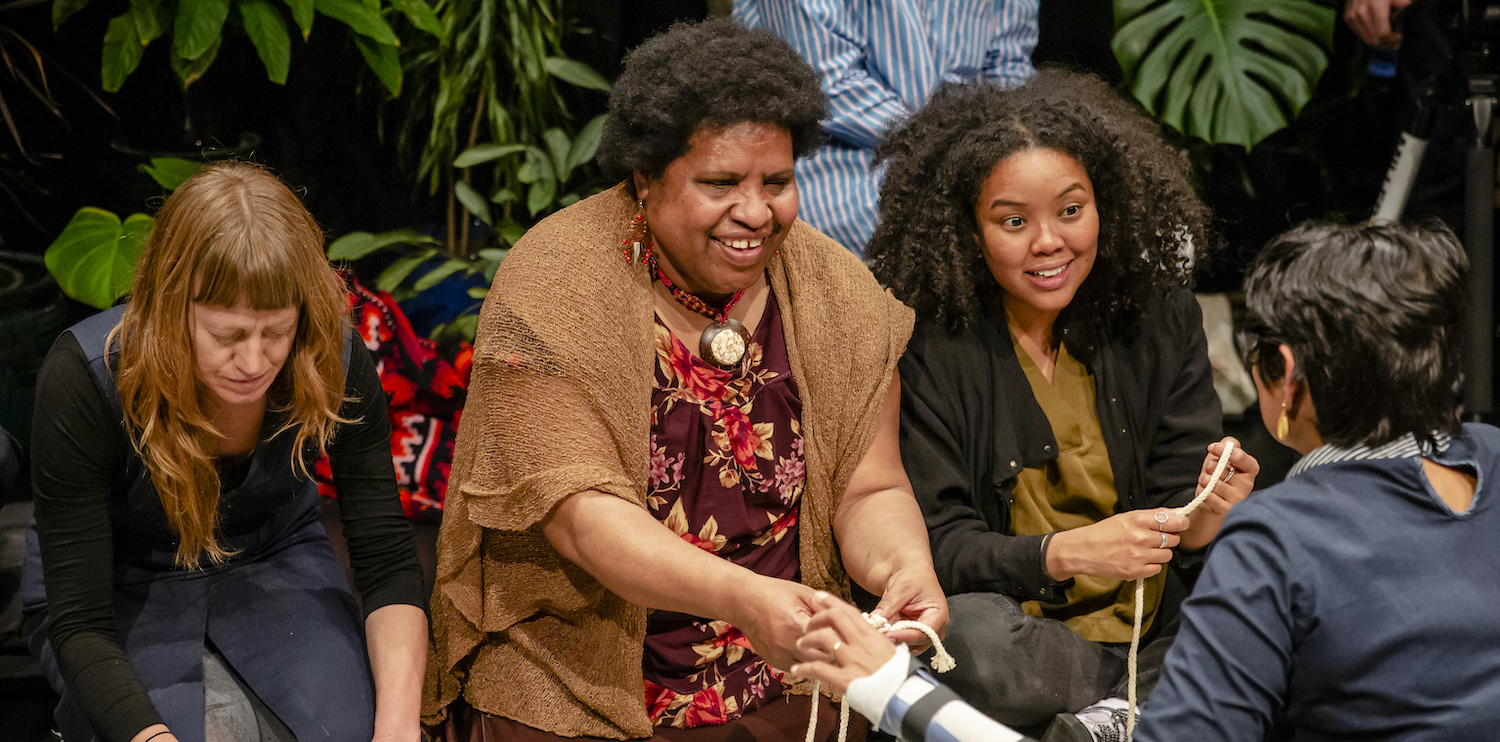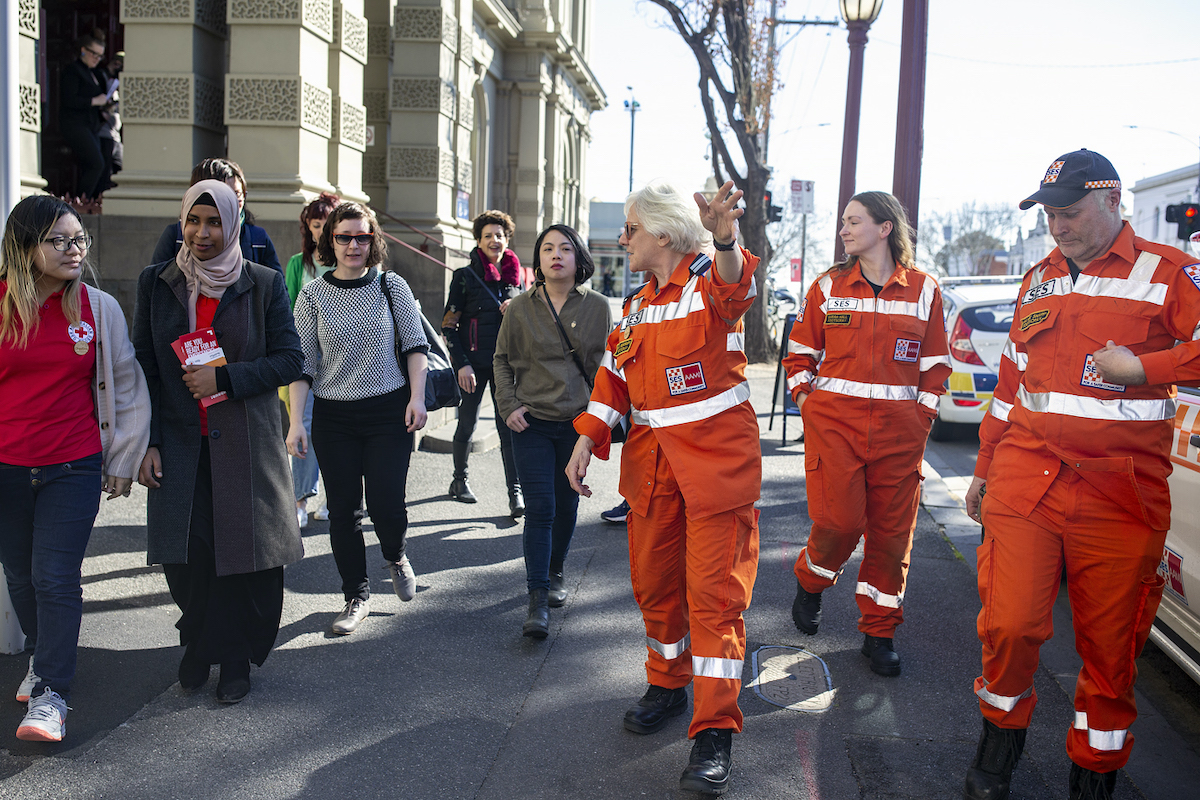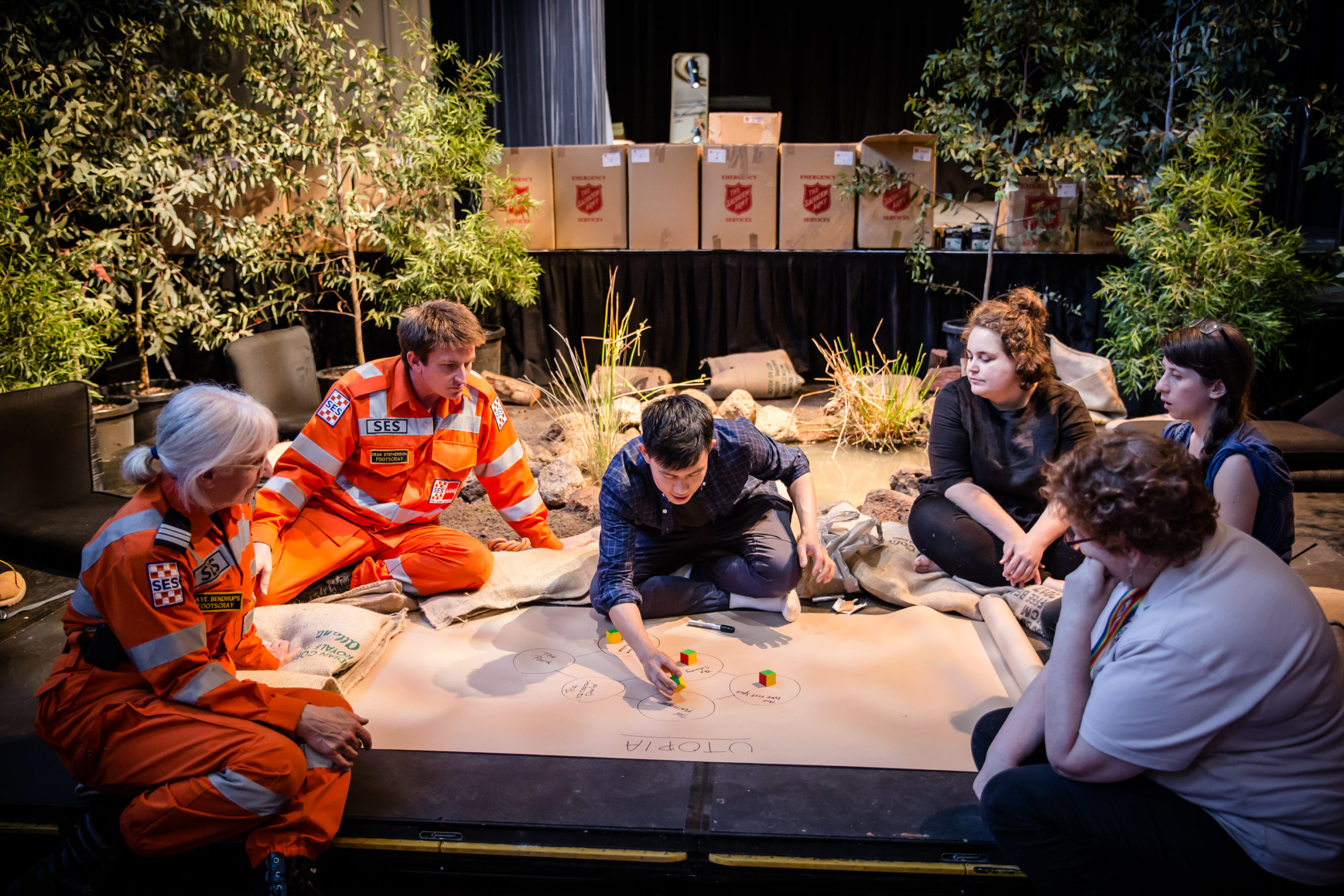Introduction from an Intermediary
Angharad Wynne-Jones
This piece is from the collection, In The Time of Refuge.
friends for life
Refuge is in my/our body/bodies now and before and again, later.
Turn always towards the first smoking in with N’arweet,
the cleansing eucalypt,
the naming of Bunjil,
of Waa,
the requirement to come with purpose.
Breathe each other in and out as we
Snore, toss and turn, fart, gasp and sigh,
In the first communal sleep over.
The crispy delicious pop of lemon on from the ants in Jen’s protein balls.
Sweaty with Latai’s high viz exercise.
Queer, disabled and brown bodies on the line.
Again.
A gulp of Lorna’s strong Ruth Crow tea
and
her devastating poetic one liners
and
Uncle Larry’s deep reminders that keep us talking, laughing and
planning through long days and nights.
and
amongst Kate’s cubby making, the children design and run a communication system for themselves
beyond adult vigilance, which they cannot trust,
because look where we have got to.
and
over the years and through the open door and come other guests, bringing different offers and skills.
From Natimuk, they bring their pragmatic knowledge of living on country,
of heat and drought, of shading windows,
saving water, observing the land, to share with city folk.
From Castlemaine, the evaporative clay pots of water and wet handkerchiefs recalled from Jude’s country childhood,
that calm us as they cool us.
and
in between, and all around,
Tara,
dancing with the possibilities,
manifesting the connections,
booking the catering, the venues,
cold calling the Red Cross,
constantly clearly explaining the intent,
whilst making space for new directions,
holding the reality of everything.
and
Cath and Meredith’s careful charting of the institutional relationship with the University and the City of Melbourne,
how to recognise and record the value of what’s happening, how to share it, with whom.
What these two corporations, these two bodies can offer each other, delicately outlined beneath the contractual muscle.
and
Emily and Sarah receiving and embracing the messy complexity and necessity of it
So many people,
so many artists,
making threads, loops, weaves of possibilities,
of questions to articulate,
experiences to share.
Over 6 years.
Give or take.
In the beginning, it seemed like such a long, indulgent time for an arts project.
But now we’ve made it, we know we are all here for the duration.
Every time I hear or tell Refuge stories a different version emerges,
a piece of possible wisdom to apply, poultice-like, on our new distress.
We carry it with us, amongst us.
It’s how I know to turn to the Elders and listen.
It’s how I understand that some of what I am (white, privileged) can be put to use.
It’s what else I/we, am/are, was/were, could and will be in meeting what’s ahead.
And between us all
Elders,
Makers,
Activists,
Artists,
Producers,
Production managers,
Designers,
Cooks,
Emergency managers,
Scholars,
the children
and others,
the animals, the birds, the trees and grasses, the waterways
We call each other in,
and we circulate the questions,
the curiosity, the intent, the responsibility.
Refuge is/was/will be the only place that I let my fear be fully visible, to myself and others.
The place where I can/will wrap it and place it down beside me
(a seeping hessian sack).
And take up, pass, share, give back, glances, hugs, leanings-in, laughter across the table,
the connections.
Not hope exactly.
But maybe something more substantial.
Friends for life.
Header Image: Boon Wurrung Elder N’arweet Carolyn Briggs and Angharad Wynne-Jones during Refuge 2016: Flood welcome, Photo by Bryony Jackson.
Image description: Two women stand on a staircase at the entrance of North Melbourne Town Hall. The woman on the far right wears a orange hi-vis jacket saying ‘EXERCISE’ and speaks into a microphone behind a lectern. The woman on the left is an Aboriginal elder. She watches the other woman speak with a smile and proud look, clasping her hands. She is wearing a long dark grey jacket and leather boots.
About Angharad Wynne-Jones
From 2011-2017 she was Artistic Director at Arts House, City of Melbourne, contemporary arts production house and program, where she initiated Australia’s first international biennial Festival of Live Art, Green Room award winning Going Nowhere an environmentally sustainable international arts event, and Refuge – a five year publicly engaged investigation into the role of cultural institutions in climate catastrophes. She is Founder Director of TippingPoint Australia developing international and local projects with artists, scientists and communities energising the cultural response to climate change and co-designed and delivered NIDA’s MFA Cultural Leadership course 2015-2018.
